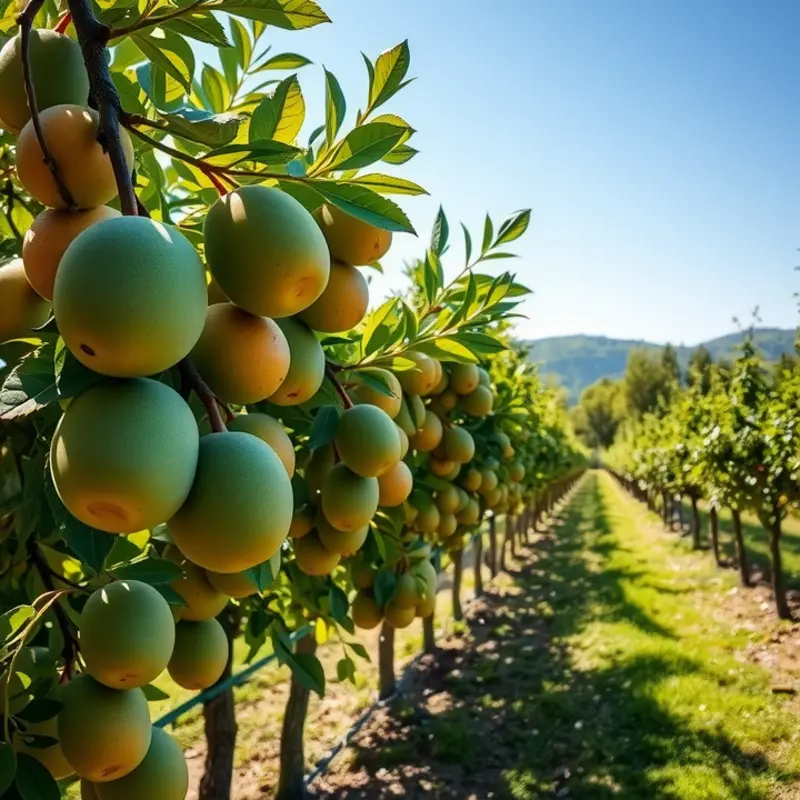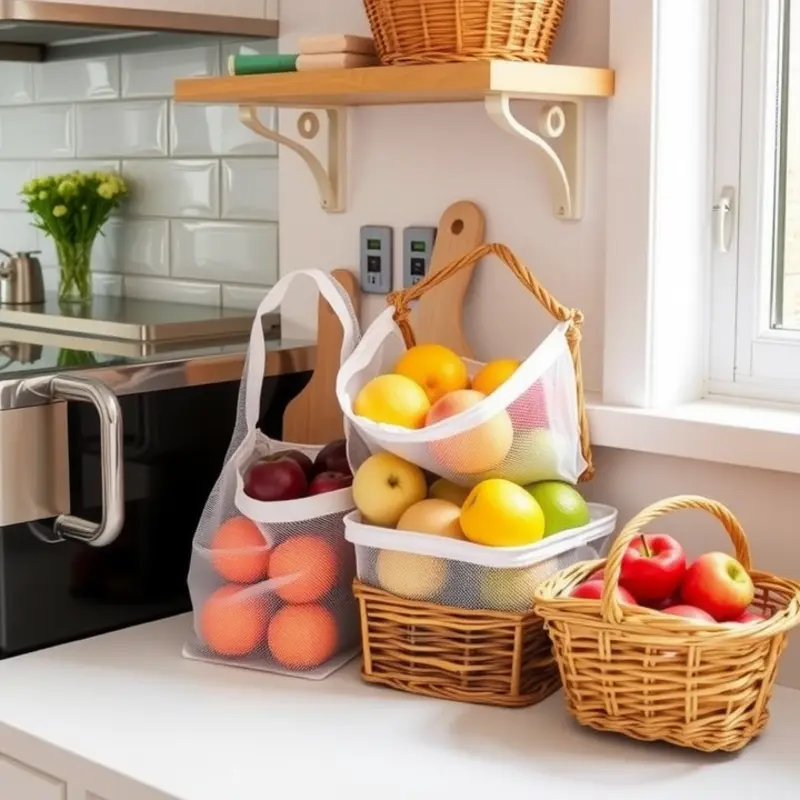Reducing spoilage in fruits is crucial for not only saving money but also minimizing food waste. With some simple strategies in place, you can significantly extend the freshness of your fruits. From optimal storage techniques to understanding ripening processes, these actionable tips will help you keep your fruits delicious and nutritious for longer.
Understanding Fruit Ripening and Storage

Fruits are a staple in many diets, offering essential nutrients and natural sweetness. However, preserving their freshness requires understanding how they ripen and the appropriate storage techniques.
First, distinguish between climacteric and non-climacteric fruits. Climacteric fruits, like bananas, continue to ripen after being harvested. They produce ethylene gas, which accelerates the ripening process, making them suitable for storage at room temperature until desired ripeness. Non-climacteric fruits, such as berries, do not ripen post-harvest and should be consumed soon after purchase.
Temperature and humidity play critical roles in fruit storage. Most fruits thrive at cooler temperatures, slowing the ripening and decay process. For example, apples and pears benefit from refrigeration, where temperatures range between 30 to 40°F. High humidity can help maintain moisture content, preventing dehydration, but excess moisture causes mold growth.
An effective strategy is to store fruits in their proper conditions. Berries should be stored in a breathable container lined with paper towels to absorb moisture, ideally in the refrigerator. Citrus fruits can be stored at room temperature but last longer in a cold environment. Bananas ripen better on the counter but should be isolated from other fruits to prevent premature ripening.
Grouping fruits based on their ripening characteristics can also extend their shelf life. Separate ethylene-producing fruits, like apples, avocados, and peaches, from those sensitive to the gas, such as grapes and strawberries. This separation minimizes unwanted ripening and spoilage.
Incorporating these strategies reduces fruit waste and encourages sustainable consumption. For additional ideas on creating an eco-friendly approach in your kitchen, explore eco-smart kitchen storage solutions.
Understanding these basic principles of fruit ripening and storage helps in maintaining freshness and minimizing waste, creating a more frugal and environmentally friendly kitchen.
Practical Tips for Storing and Maintaining Freshness

Proper fruit storage is key to reducing waste and keeping your produce at its prime. Understanding the best ways to store different types of fruits not only helps preserve their freshness but also minimizes unnecessary spoilage. The strategies here are both practical and achievable at home.
1. Know Thy Fruit and Its Breathability
Fruits require the right environment to stay fresh. Some need air circulation to prevent moisture buildup, which can lead to mold. It’s wise to use breathable bags or perforated containers for these fruits. Apples, pears, kiwifruits, and citrus fruits benefit from this method. By allowing airflow, you reduce the risk of spoilage significantly.
2. Ethylene Producers vs. Ethylene-Sensitive
Be mindful of ethylene gas—a natural plant hormone that can speed up ripening. Bananas, avocados, and tomatoes release ethylene. If these are stored with ethylene-sensitive fruits like strawberries, apples, and leafy greens, early spoilage may occur. Separate ethylene producers from sensitive fruits. Keeping them apart ensures prolonged freshness.
3. Strategizing Storage Zones
The fridge isn’t a catch-all for fruits. For instance, bananas, pineapples, and citrus fruits prefer the countertop at room temperature. Berries and cherries, however, appreciate the cool environment of the fridge. Always keep fruits in clearly labeled sections to conform to their preferred conditions. This small change can have a considerable impact on their shelf life.
4. Reviving Overripe Fruits
Before tossing overripe fruits, consider repurposing them into creative culinary uses. Overripe bananas become excellent natural sweeteners in muffins and bread. Berries on the verge of expiration are delicious in smoothies or can be transformed into a quick sauce for desserts.
For more inspiration on making the most of your fruits and other foods, explore eco-smart kitchen storage solutions to enhance your efforts in reducing waste.
5. Rotate and Inspect Regularly
A simple but effective practice is regular inspection. Check your fruits every few days; rotate them to encourage even ripening and quickly spot those that need immediate attention. Setting a visual reminder to use certain fruits first can help reduce occurrences of forgotten moldy finds.
These strategies not only help in minimizing fruit spoilage but also align with sustainable practices, reflecting a smart approach to home food management. Implementing these tips ensures not just reduced waste but also a fresher fruit experience.
Final words
Effective storage of fruits goes beyond just placing them in the fridge. By understanding ripening processes and employing practical storage tips, you can significantly reduce spoilage and waste. Adapt these methods to your routine, and you’ll not only enjoy delicious fresh fruits longer but also contribute positively to the environment. Embrace smarter food management practices at home and watch your waste decrease while your fruit enjoyment increases.







